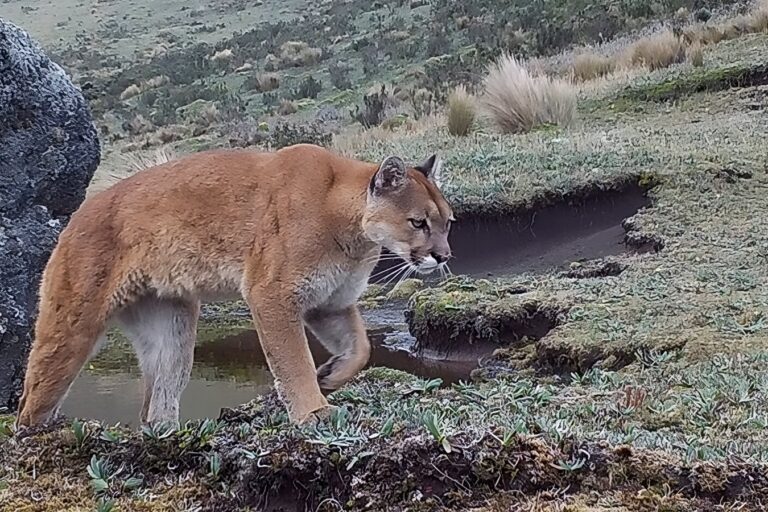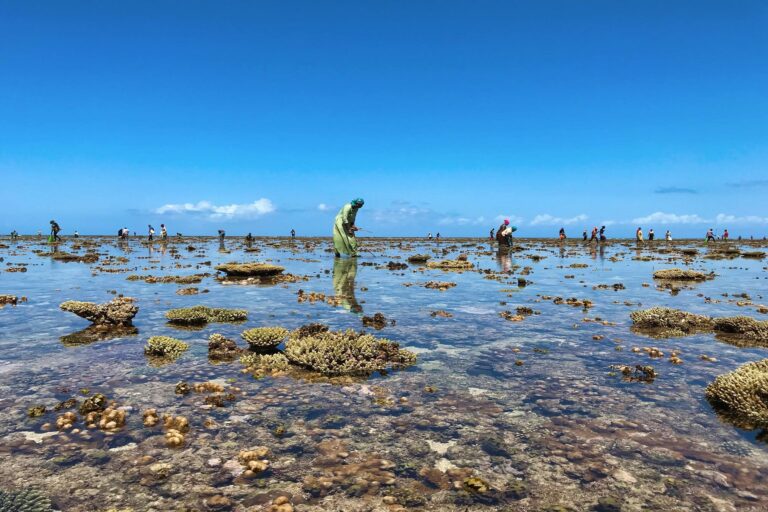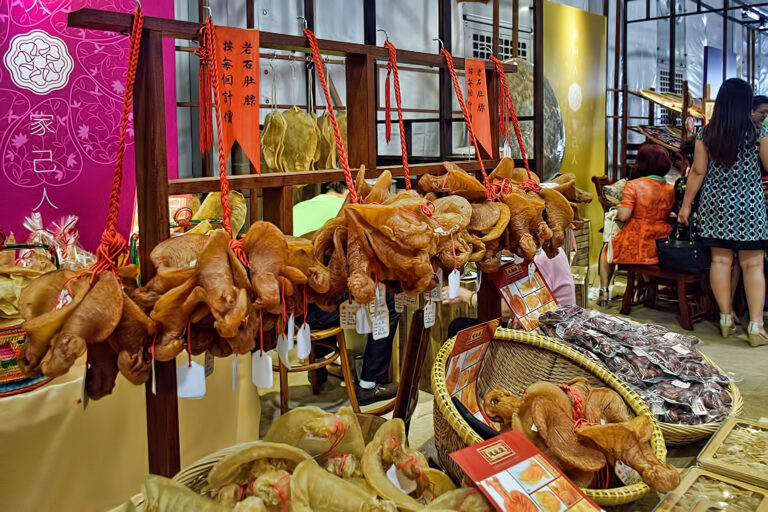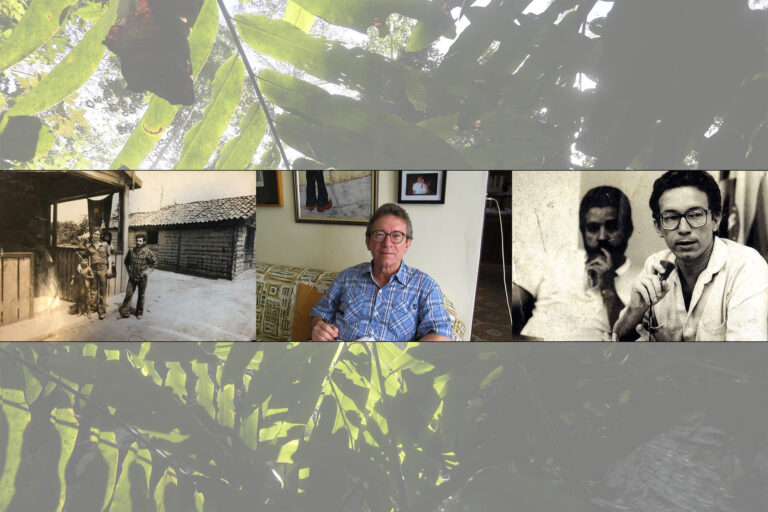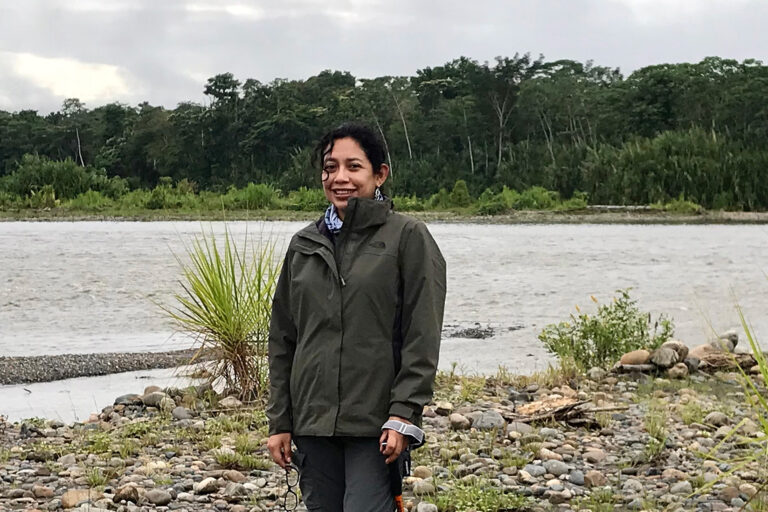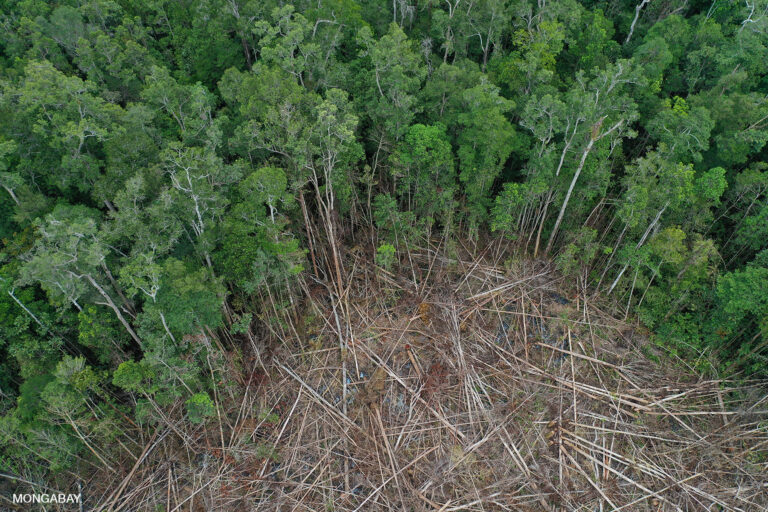- Xapiri, a Cusco-based art gallery and media production studio, is working to raise awareness of the situation and funds to help indigenous peoples navigate the COVID crisis. In response to the pandemic, Xapiri has jettisoned its plans to visit indigenous partners in the field and instead focused on online fundraising campaigns.
- In a June 2020 interview with Mongabay, Jack Wheeler, Xapiri’s founder and director, spoke about his group’s work, the transition to a COVID world, and why now is a more important time than ever to support indigenous communities.
Some indigenous communities in the Amazon rainforest are being devastated by the COVID-19 pandemic, recalling memories of the severe toll wrought by diseases introduced during first contact with the outside world last century. Due to lockdowns and the remoteness of some communities, the full effects of COVID across the Amazon won’t be known for some time, but the plight of some indigenous peoples stranded in cities is readily apparent. For example, some 200 Matsés are currently trapped in the Peruvian city of Iquitos far from their forest homes.
Xapiri, a Cusco-based art gallery and media production studio, is working to raise awareness of the situation and funds to help indigenous peoples navigate the COVID crisis. In response to the pandemic, Xapiri has jettisoned its plans to visit indigenous partners in the field and instead focused on online fundraising campaigns.
In a June 2020 interview with Mongabay, Jack Wheeler, Xapiri’s founder and director, spoke about his group’s work, the transition to a COVID world, and why now is a more important time than ever to support indigenous communities.

Mongabay: What’s your background and what inspired you to start Xapiri?
Jack Wheeler: I’m a traveler and entrepreneur at the core. From 2010 – 2015 I travelled far and wide, mainly in the Americas while also setting up a business from my homeland in the UK, in between adventures. The corporate business I started was ‘paying the bills’ but not fulfilling me, as my passions were readily found in nature, being connected to the environment.
In mid-2014, I traveled through Roraima in southern Venezuela, learning about the region and the indigenous people living there. This was the hook, where I became more inspired and my determination to find a way to work in this part of the world began, with the people and the environment they lived in. As this travel continued I wandered into the indigenous art gallery CANOA in Paraty, Brasil and met the owner Nina Taterka. I was awestruck, seeing a space full of diverse and wonderful indigenous Brazilian art. This was the moment Xapiri was born.


How did you start working with indigenous groups in the Amazon? What was the process for finding and engaging these communities?
My first trip to the Amazon was in 2015, to visit the Asurini of the Xingu basin in Brazil. This expedition was thanks to Nina, as she; alongside the photographer Alice Kohler, already had longstanding relationships with the Asurini. Thus the invitation to join the expedition came. Everything I thought I knew about indigenous culture was broken to pieces in that first expedition, experiencing their way of life up front, understanding the historical context and extraction threats to their land gave me my first authentic insight into contemporary indigenous reality. All this learning gave me the realization that the process of working with Amazonian communities would not be an easy one.
After this Xingu trip; alongside my partner in Xapiri Tui Anandi, we traveled from Manaus to Pucallpa by river stopping off when we could to meet different communities and NGOs working in the rainforest. This travel culminated into the opening of the Xapiri art gallery and cultural hub in Cusco, and from here we were able to develop more relationships with other Amazonian communities throughout Peru.
Relationships with the various communities started in different ways, be it an introduction through an NGO for example, which is how we began our work with the Matsés via Acaté Amazon Conservation, or though personal connections we have met through our gallery at Xapiri, or on independent jungle travels. One thing always remains the same, that in order to engage the artisans and the communities, it takes time. The most important factor is developing relationships with patience and trust, and from that pillar we often find that anything is possible.


What is your approach to working with these communities?
Everything we do evolves around long term relationships and sustainability. We aim to implement structure for the fair-trade of art between indigenous artisans and the marketplace, while encouraging the transmission of the ancestral knowledge from the elders to the younger generation. We support economic sustainability by stimulating the value chains within each culture’s traditional customs and currently we are working closely with 5 communities in the Peruvian Amazon. Our methods of working change depending on each ethnic group, moving within the same rhythm as the communities themselves. Through these authentic relations, we can then ensure quality and commitment. Our vision as a whole is simple, we believe that economic sustainability is fundamental for the autonomy of rainforest communities, and by securing the healthy livelihood for the indigenous people, this in turn protects the forests in which their cultures thrives.


What are some of the examples of the work produced by Xapiri?
Our most recent media production was to illustrate an extraordinary project by the Matsés, who recently completed a 5-year quest to map their ancestral homelands. The project was featured in Mongabay in May and our video production can be seen here. We value the importance of photographic documentation. By representing indigenous culture through this medium we can raise awareness about the the Amazon, giving voice to the indigenous peoples who call it home. You can find two in-depth multimedia reports we have produced about the Matsés and the Shipibo-Konibo ethnics on our website here.
In addition, we held an exhibition showing the Matsés material at the Qorikancha museum in Cusco. This was the first time such an exhibit had been produced about this ethnic. We are seeing that visual communications also have a knock on effect in rejuvenating cultural pride with the youth as they often engage more in their culture once they are witness to the creative media we are able to produce alongside them.
This year, we had extensive plans in the way of expeditions to visit our indigenous partners, to develop further relationships, and create media documentation. But for obvious reasons our plans were derailed, and instead we are putting our focus and energy into creating impactful fundraising campaigns to support the communities we work with.
How are the communities with which you work being affected by COVID-19?
COVID-19 has reached all corners of the Amazon, no less so than in Peru and with the communities we work with. Again, the situation varies per community, depending on their geographical location and their connection / relationship to the cities. For example, the Shipibo-Konibo are one of the most populous ethnics in the Peruvian Amazon. Having been severely affected by the pandemic, be it their population in the city of Pucallpa or in the more remote communities along the Ucayali river, the high infection rates and many deaths have become a harsh reality. Some Shipibo-Konibo villages have reported infection rates of over 80% and they are still fighting the outbreak.
Many Shipibo-Konibo families rely on products from the city to live and to support this way of life. One of the most common sources of income is through the sale of their arts. However, due to the recent pandemic crisis, the sharp decline in tourism has compromised their livelihood and economic opportunities, creating much hardship for the Shipibo-Konibo with little to no money to buy the essentials much less medicines to combat COVID-19.
As for the Matsés, they tell a different pandemic story. Although the majority of their population are safe and well in their remote territory; subsistence living from their farms and rivers, still there were about 200 Matsés stranded in the nearest city of Iquitos unable to return to their land. Because the quarantine put a stop to all travel throughout Peru, those left stranded; a mix of men, women and children, went with no resources to sustain themselves in the city, no access to the basics, and even lodging in some cases. At the beginning there was minimal government support for the Matsés. So without hesitation, we at Xapiri along with Acaté Amazon Conservation (who are based in Iquitos) grouped together to form a fundraiser offering emergency relief to the Matsés. Fortunately, we received a great response from our network, with generous support coming in from all over the world. On the ground in Iquitos, Acaté have managed the relief plan excellently alongside the Matsés chief, Daniel Vela, who was one of the 200 stranded in the city. Now we are taking the final steps logistically and bureaucratically to get the Matsés safely back to their homeland.

What can people outside the region do to help?
With many families and communities still in need of aid and medication to fight against COVID-19, the Shipibo-Konibo situation in particular remains critical. Upon hearing first hand from many of our Shipibo-Konibo friends about the situation they are facing, we decided to form a photographic fundraising campaign ‘Photos x Action. This campaign serves as a donation platform to support the Shipibo-Konibo whereas the donor; in exchange, receives a photographic print of their choosing. Photos x Action features 10 participating artists from Peru, Europe and the US who have gathered in support of this cause by kindly donating 30 beautiful photographs. Please have a look and support if you can, the campaign runs through the end of June. All monies raised go directly to the emergency fund for aid on the ground, managed by our allies, Alianza Arkana, an NGO with over 10 years of experience, based in the Shipibo-Konibo heartland of Yarinacocha, Pucallpa.
The consequences of COVID-19 will remain in the Amazon for many months to come, even when the infection levels plateau, it will be a slow and long way back to normality for the communities. If you would like to stay updated and engaged with our work with indigenous communities, please follow us at Xapiri Ground to learn of our non-profit work focusing on art and sustainability.








